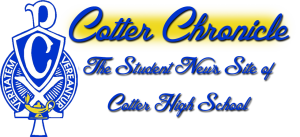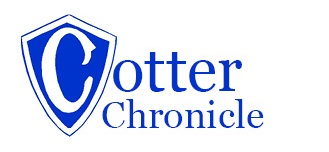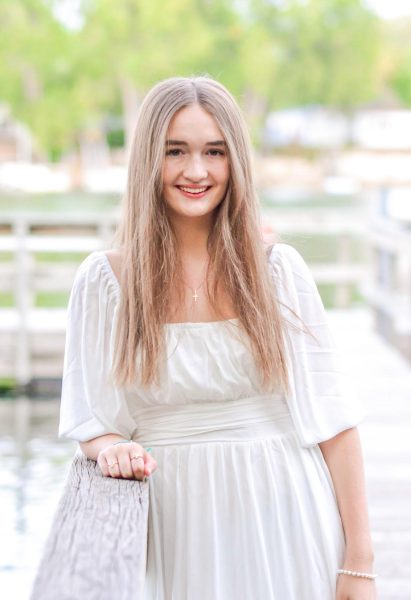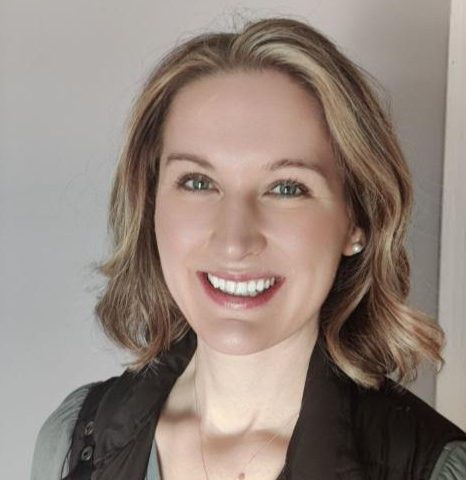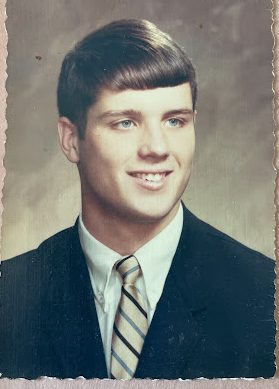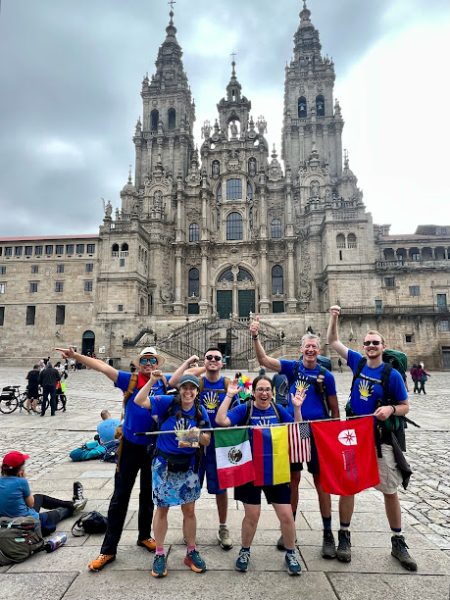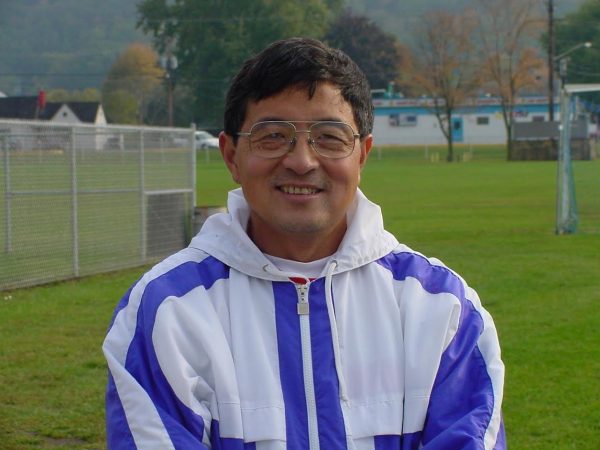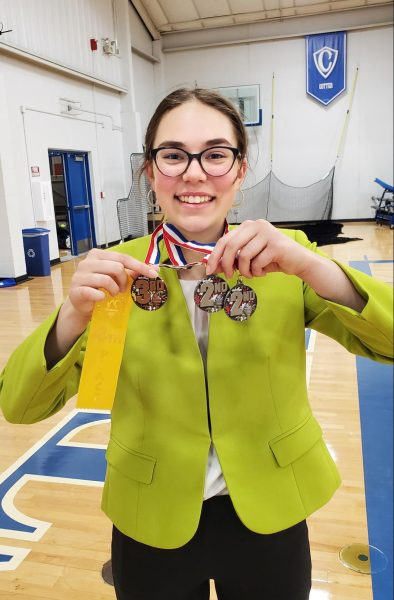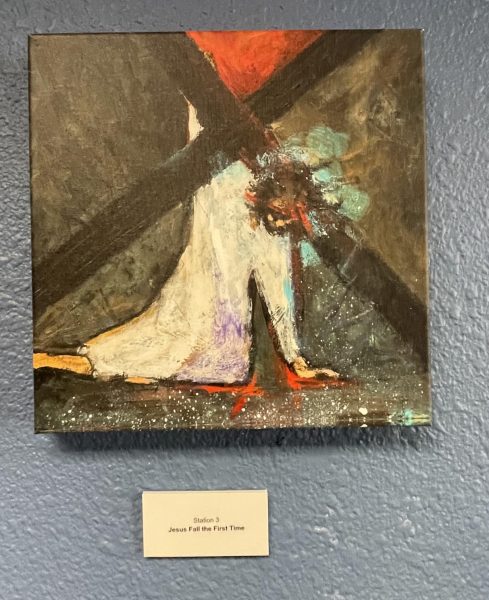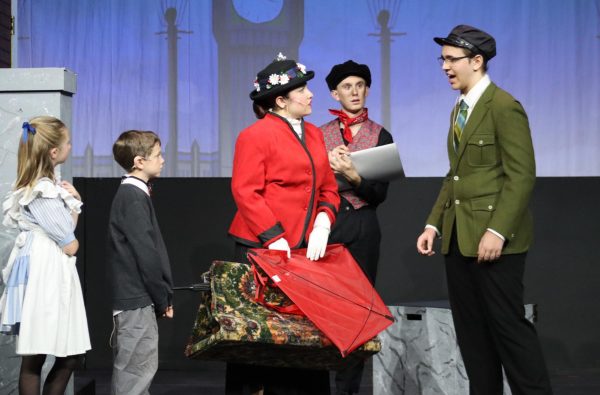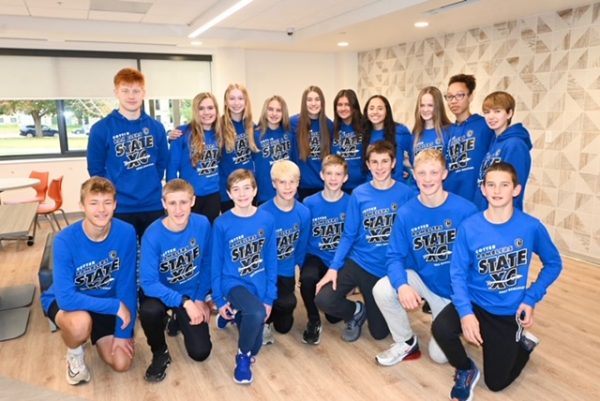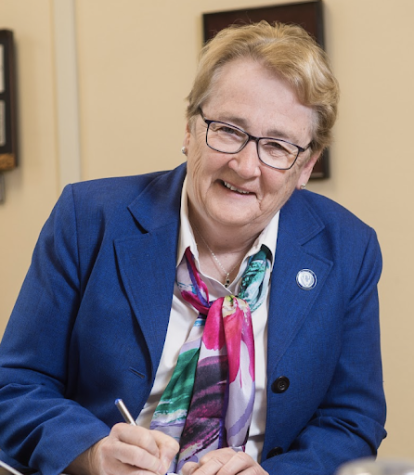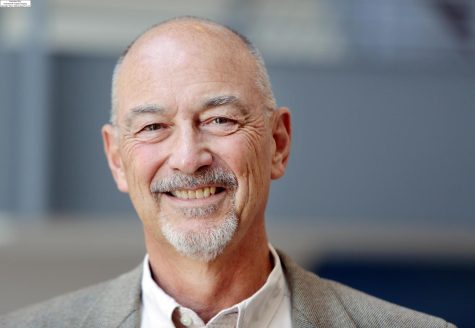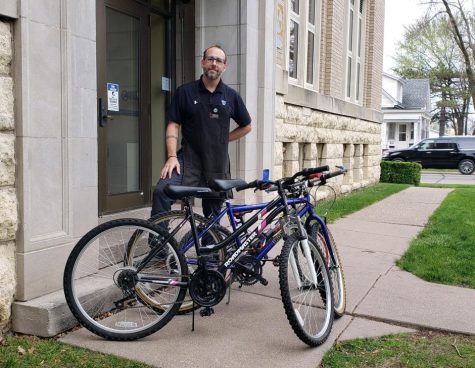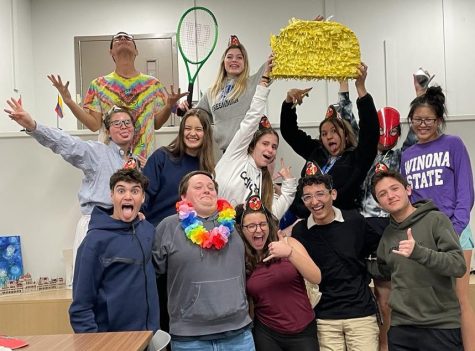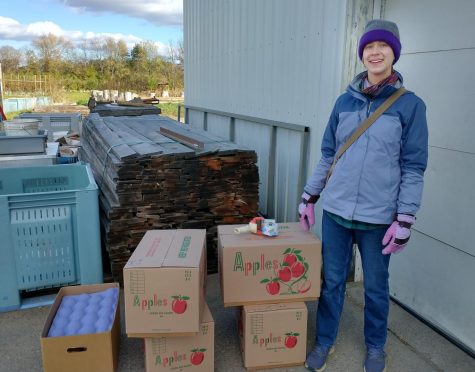Cotter grad earns Presidential award
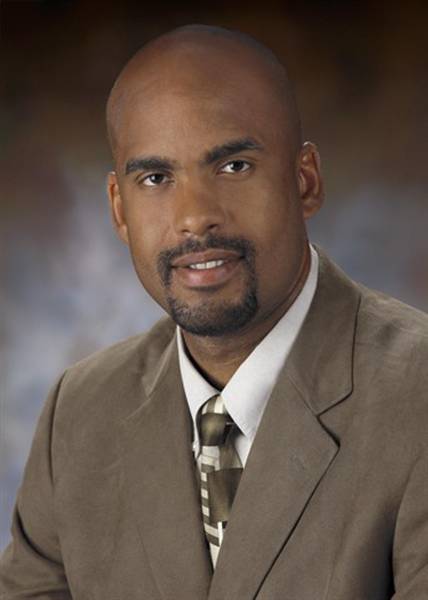
http://www.whitehouse.gov/the-press-office/2013/12/23/president-obama-honors-outstanding-early-career-scientists
In December, 2013, Cotter graduate Damien Fair received from President Obama the Presidential Early Career Award for Scientists and Engineers.
Here is how the award is described by the National Institute of Health website:
“The National Science and Technology Council (NSTC) was commissioned by President Clinton in 1996 to create an award program that would honor and support the extraordinary achievements of the finest scientists and engineers who, while early in their research careers, show exceptional potential for leadership at the frontiers of scientific knowledge during the twenty-first century. The Presidential Award is the highest honor bestowed by the U.S. government on outstanding scientists and engineers beginning their independent careers.”
His Cotter teachers had great things to say about Damien as a student, person, and father. Fair excelled at academics, athletics, and music in his time at Cotter.
“He was extremely smart, an amazing kid,” said Mrs. Blank . “He was not one to concentrate on just school, he also was involved in just about everything Cotter had to offer.”
In addition to his achievements, they remember his sense of humor, too.
“My favorite Damien story has to be when we had a turn around day at school. He dressed up in his mother’s suit with high black heels and wore it backwards all day. To this day I will always wonder how he made it all day in those heels, ” Mrs. Blank recalled.
“Damien and my son decided to hang up my other son from the garage door. They left him there to go get their other friend to gloat over what they had done,” said Mrs. Gudmastad.
After graduating from Cotter in 1994, Fair earned a full scholarship to play NCAA division II basketball at Augustana College in Sioux Falls, South Dakota. I had the chance to talk with Damien about his career and life after Cotter, here’s the conversation:
How many years did you play basketball for Augustana?
I played basketball for four years.
Was it hard to balance basketball and your studies?
In many ways I feel that basketball made it easier for me to conduct my studies. It forced me to be organized and kept me on a schedule. There are many, many ways to get distracted in college, so basketball in some ways kept me focused.
Chemistry and biology are not easy majors, so where did you find the time to play basketball on top of that?
I think I got off to a good start some because of the education I had a Cotter. I was able to take some advanced courses in high school that translated well to college. Meaning much of the biology and chemistry material we were learning early on was review for me. This head start really allowed for a smooth transition for me. With that said, like I noted earlier basketball really helped me stay focused because it kept me on a schedule that I had to follow. This discipline was important for me. I has some great academic mentors in college, that were very tuned in to my academic performance. If I was starting to slip, they would let me know and encourage me to straighten up.
Tell me about your college studies. You studied at Augustana for undergraduate work, then Yale, and finally Washington U. in St. Louis.
Well, my journey has not been very traditional. I spent four years at Augustana. After that time I took a year off to decide if I wanted to go to medical school or not. I eventually decided enter a Physician Assistant program. These programs are typically only two years and would give me a chance to get a sense of what practicing medicine was like. If I really enjoyed it, I could still go on to medical school, if I didn’t I would still be in a strong position professionally as a PA and could always try something new. I applied to several schools in the Midwest, but also applied to Yale University on the east coast. I was accepted into the program at Yale and decided to enroll there.
In PA school I was exposed to many medical disciplines, several of which interested me; however, I was really drawn to the nervous system. It was also at this time that I realized I would not enjoy a career that was solely clinical. So, after two years in the program and graduation, I contacted the Yale Neurology Department, and I was introduced to one of the leaders in the realm of cerebrovascular disease (i.e. working with strokes), Dr. Lawrence Brass. Together we designed a position that allowed me to do research with clinical responsibilities. After accepting this position, I had the chance to start various clinical and basic science research projects, and it was this experience that led me to decide to focus my career on research in the neurosciences.
After two years on the job, I applied to several graduate schools and while I wasn’t initially considering attending Washington University in St. Louis, after meeting with Dr. Bradley Schlaggar, a pediatric neurologist and developmental neuroscientist, I decided to apply. I was eventually accepted to Washington University and chose Dr. Schlaggar as my mentor because his scientific ambitions paralleled mine. The lab provided a basic science atmosphere that centered on the patient. The structure of the lab, and the environment at Washington University was very constructive. It also allowed me the opportunity to work very closely with very distinguished neuroscientists such as Dr. Steve Petersen and National Academy member Dr. Marcus Raichle.
For my postdoctoral years I followed my wife who is a physician,whom I met in school at Yale, and who matched for her clinical fellowship at Oregon Health and Science University (OHSU) in Portland, OR. I was able to find a lab to continue my training and worked under Dr. Joel Nigg, who is a world-renowned clinician-scientist who specializes in developmental psychiatric disorders such as ADHD. Here I honed the skills necessary to apply much of what I had learned about brain imaging in graduate school to clinical populations and children with disorders such as ADHD and Autism.
After two years in Portland my wife and I had the opportunity to start are professional careers at a few universities around the country, but we decided to stay in Portland at OHSU. Here I began my lab studying typical and atypical brain development.
Can you tell us about the YES project? How did it start? What’s your role? How is it funded?
The Youth Engaged in Science program (YES!) YES! is a multifaceted outreach program run by my laboratory aimed at exposing underrepresented students to science, research & STEM-related careers (Science Technology, Engineering, and Math). YES! aims to get kids excited about science through education, mentorship, and hands-on experience. The program also educates families about mental health and the importance of community participation in biomedical research. YES! believes that these programs can help bridge the gaps in educational and health equity in our communities.
YES! hosts campus tours to expose students, teachers and parents to the biomedical research environment at OHSU. Students have had the opportunity to tour the Advanced Imaging Research Center (including the 3T and 7T research scanners), the VirtuOHSU hands-on surgical skills laboratory, hear a presentation on alcohol abuse by OHSU’s PARC researchers (see more on PARC below), and meet with various researchers (assistants, graduate students, postdocs, and faculty) about their education and careers.
I decided early on in my career that I would have as one of the core missions of my lab an outreach component. I have had several mentors, important role models, and access to good education that not everyone else has. Many of these youth if given the opportunity could be productive scientists. So, I built this program to help these families get this access and mentorship. Currently the program is funded by my laboratories funding and some support from the University. We also have grants that have been submitted to the government (i.e. the National Institutes of Health) that would help fund the project if it gets accepted.
Your current project is about brain imaging and ADD children correct? How is your lab funded? How many people work there? What is your role?
Yes, that is partly correct. I run my own neuroscience laboratory, which is funded by the National Institutes of Health (NIH) and other health related foundations. It now has about 16 people in it whose expertise varies widely. I have students and postdoctoral fellows who I mentor and who are continuing their neuroscience training. I have biomedical engineers and computer scientists who develop software and run experiments for the laboratory. I have clinicians who do diagnostic visits on the patients and families we see, and I have coordinators who do a lot of the administrative and organizational work of the studies.
My laboratory focuses on mechanisms and principles that underlie the developing brain. The majority of this work uses functional MRI and resting state functional connectivity MRI to assess typical and atypical populations. A second focus has become testing the feasibility of using various functional and structural MRI techniques in translational studies of developmental neuropsychiatric disorders (e.g., attention deficit hyperactivity disorder, and autism). We are exploring ways to better characterize individual patients with these psychopathologies to help guide future diagnostic, therapeutic and genetic studies.
What’s your typical day like?
My day typically revolves around managing the lab and the various projects that are being conducted. I also write grants to help maintain our funding as well as papers. Teaching students in the lab and assisting with their writing is also a duty. Last, I get to travel quite a bit around the U.S. and various other countries around the world to give talks about the lab’s work and to meet with other scientists who share my interests.
What’s the best part about your work?
The travel is sometimes is quite fun, and sometimes it is difficult because of my family at home. Probably the best part of running a lab like mine though is the independence and trying to imagine new scientific questions and ideas. Everyday we are trying to discover something nobody else has thought of or shown before. Another great part of my work is the people. It’s a great group of people in my lab who get along and like to have fun!
Do you see a link between your experience at Cotter and your college and graduate work and current job?
I absolutely see a link between the two. I think my experiences at Cotter solidified my interests in the biological sciences. I also think my time at Cotter prepared me for what I was going to face personally and professionally in college, graduate school, and in my career. Mentors, like Mr. Costello, had a big influence on my trajectory and gave me the confidence to make sure I reached for high goals.
How did Cotter prepare you academically?
Cotter really helped build a strong foundation for me on many levels for my life after high school. The training and mentorship I was afforded through sports and my other extracurricular activities was critical for my transition out of high school. My peers and friendships during this time were equally important in building my character. Some of these bonds remain very tight even today and are still contributing to my professional and personal growth. Academically, I was exposed to several very passionate and dedicated teachers that helped me build confidence in my abilities over the years. This exposure included my experience at the (then) Minnesota Academy of Math and Science, which really sparked my interest in the sciences.
Finally, can you tell me a little about your family?
I met my wife while I was at school at Yale University in 1999. I was in the Physician’s Assistant program and she was in medical school. We had some overlapping classes and it turned out we both had Minnesota in common, as a large contingent of her family lives in the Twin Cities. She is originally from Addis Ababa, Ethiopia, and came to the U.S. for college and subsequently medical school. She has many interests and many accomplishments, but one that we are particularly proud of is her international work. Since she has completed all of her medical training and began working as a Urogynecologist (a surgical subspecialty of OB/Gyn), she started a program in Portland that gathers medical professionals (surgeons, anesthesiologists, nurses, etc) and brings them to Ethiopia every year to provide surgeries for women who have pelvic or traumatic birth injuries after prolonged labor. It is a service that is very much needed in her home country, as often women in rural parts of the country do not have access to medical care.
As noted above, after finishing our education at Yale, we both went to Washington University where I did my Ph.D. and she completed her residency program. It was during this time (in 2005) that we had our first child, Ermias (pronounced Air-Me-us) Fair. Ermias is an Ethiopian name that comes from Jeremiah. He is now eight years old and is a typical eight year old in many ways. Besides believing that he knows more about how the world works than his parents, he enjoys soccer and basketball for sports. He goes to The International School in Portland, which is an immersion school. All of his classes are taught in Spanish, so he is now fluent in the language. His favorite class is math, and his favorite books series is “Big Nate” by Lincoln Pierce.
Ermias really enjoys being a big brother to his younger sister who is now 20 months old. Her name is Abyssinia Fair. Her name is also Ethiopian, but is not a traditional name per se. It is a historic name of the Ethiopian region in Africa. Abyssinia (Nia for short) is quite active and is very different from Ermias when he was her age. He was very cautious with regard to anything new, Abyssinia is not!
